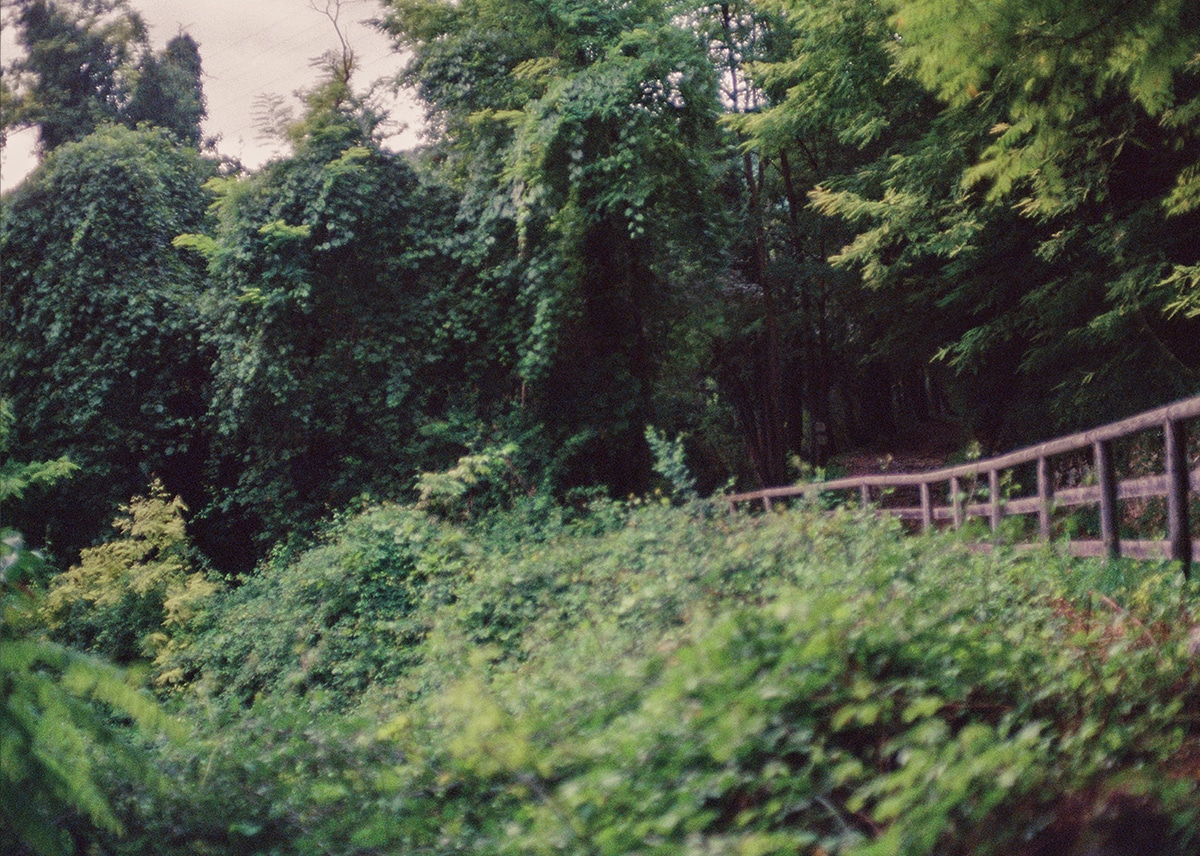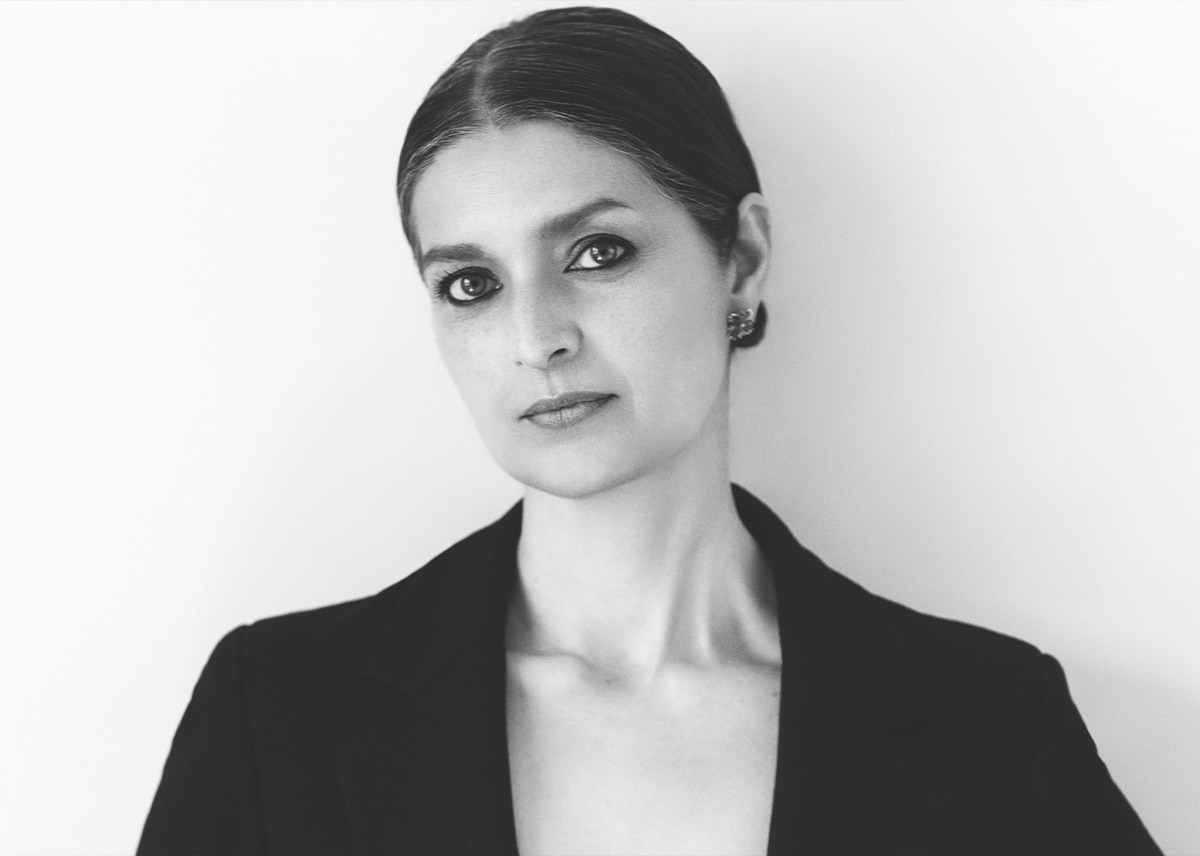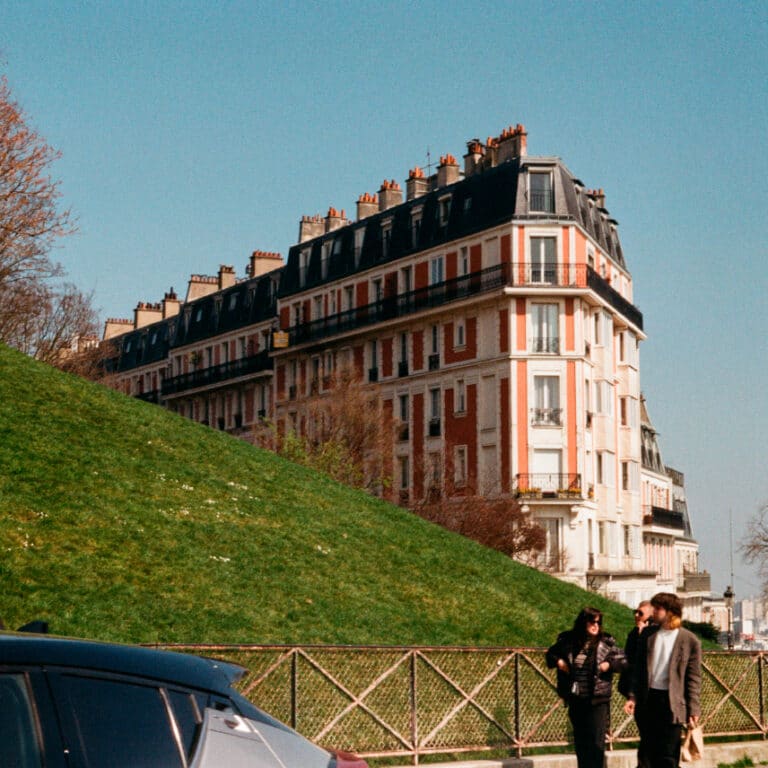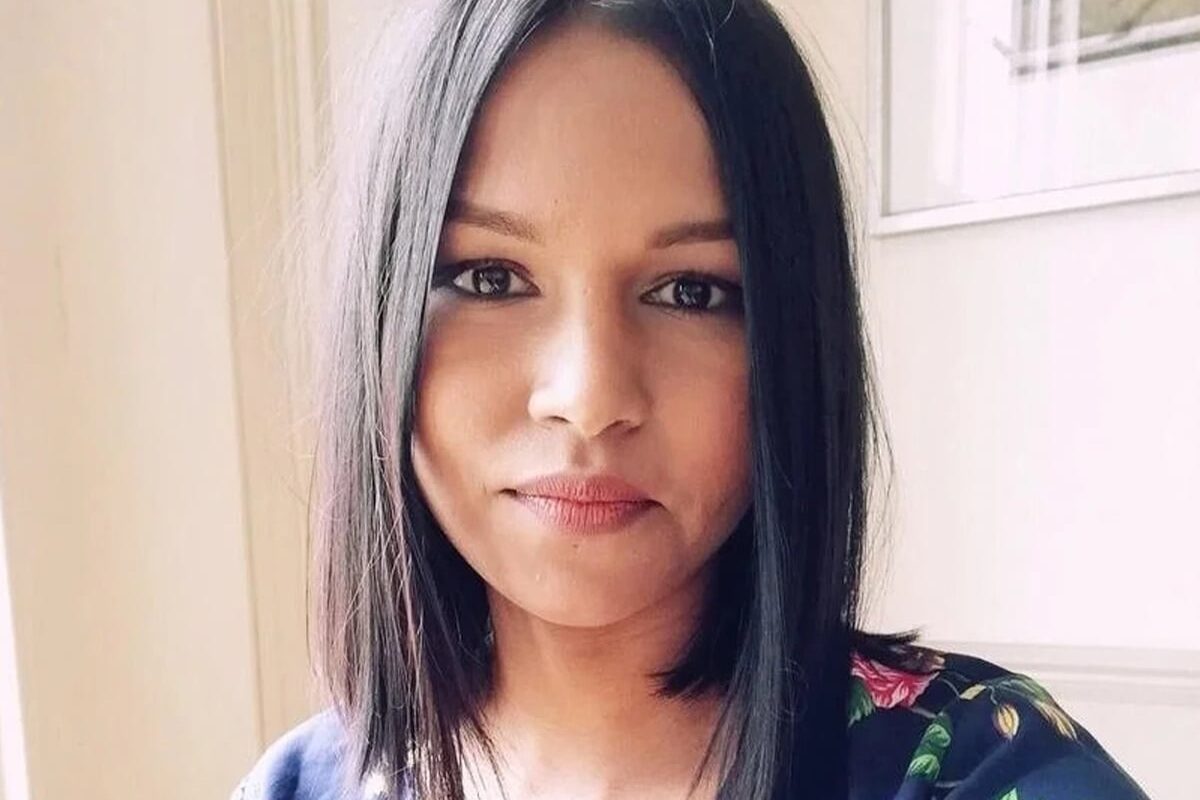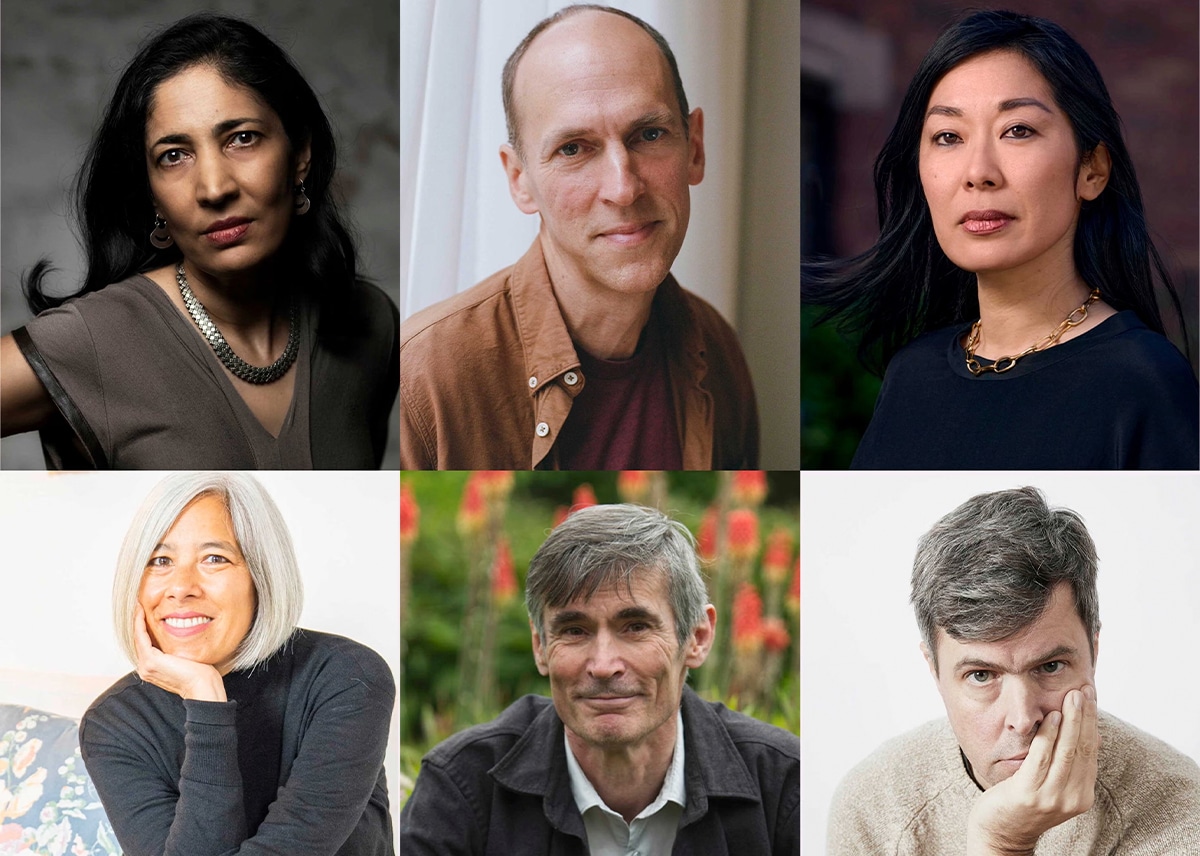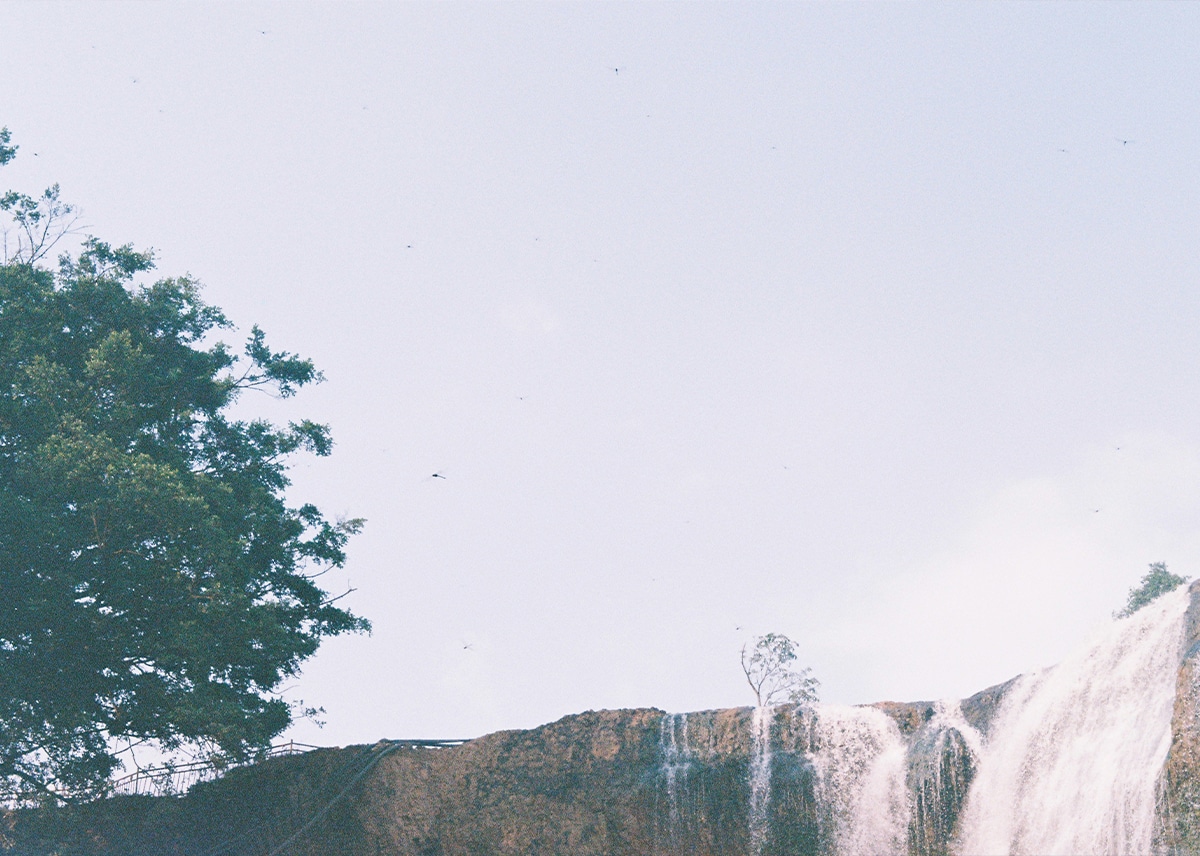Lucha Libre
Michael McMillan
I was recently in Guadalajara, Mexico, teaching at an international university Summer School. From amongst the delights in this urban sprawl, everyone recommended Lucha Libre, Mexico’s famous, masked, freestyle, professional wrestling. Wrestling, for me, was my dad watching ITV’s World of Sport on a Saturday afternoon. TVs were too expensive to buy so, like most, we rented ours, and there were only three channels. As a sports programme, World of Sport’s anchor was Dickie Davies, a jovial white man with coiffed black hair, sideburns, and a thick moustache that wouldn’t have been out of place in gay subculture.
We knew when the wrestling came on because we’d hear my dad cussing the TV in the front room. He’d be in the ring with Mark Rocco (the so-called original masked wrestler), Kendo Nagasaki (who wasn’t Japanese), Big Daddy (Shirley Crabtree Jr, the big villain in a leotard), Giant Haystacks (a cross between Meat Loaf and Harry Potter’s Rubeus Hagrid), Jackie Pallo (Mr TV) or Johnny Kwango (aka John Lagey, who was a member of the all-black dance troupe Les Ballets Négres). But my dad’s venom was reserved for Mick McManus, ‘The Man You Love to Hate’, whose trademark jet black hair (probably with some added Grecian 2000) and black trunks and boots accentuated the bad man character he performed in the ring. He was notorious for using short-range forearm jabs, stamping on opponents, and bending the rules as far as he could without being disqualified.
My dad would holler with delight when opponents went for McManus’s cauliflower ears, with him pleading, ‘Not the ears, not the ears!’ Referees were also known to carry razor blades to nick fighters’ earlobes, producing blood to satisfy the bloodlust of the frenzied crowd of mostly elderly women. Whereas Jackie Pallo would just bite his lip to produce the same effect. After my dad had raised his blood pressure, he would religiously check the football results, not because he was interested in football, but to see if he had won anything playing the Littlewood Pools. Like the occasional bet on the horses I would place for him at the betting shop, I don’t think he ever won anything from playing the ‘pools’. But, like all gambling, there was always another time when he might, and that was the excitement for him.
Going to Lucha Libre with a group of fellow Summer School teachers, I thought I knew what to expect but then, like most of us, I had no idea. Arriving at the Arena Coliseo de Occidente, there was already a jamboree atmosphere: vendors selling street food, wooden rattles and coloured woofers; shops with walls of wrestling paraphernalia, multi-coloured masks and capes; and young men in masks looking like bad boys. Outside the bars were masked female waiters with balloon lips in figure hugging wrestling singlets, accentuating their balloon breasts and buttocks. A female colleague from Peru, called it ‘the narco aesthetic’, as in Latin American drug culture. I could have replied that this same ‘aesthetic’ also glamourises guns and killings, symbolised by the thousands of small posters with photos of disappeared family members and loved ones plastered all over the city. I could also have waxed lyrical about how embodied augmentations, like synthetic lips and bottoms as promoted by celebrities like Kim Kardashian, appropriate the aesthetic attributes of Black female bodies whilst dismissing their beauty. See, for example, Saatjie Baartman, the young South African woman brought to Europe during the 19th century and sexually exploited as a sideshow freak by Victorian gentlemen. But that would be running away with myself; ‘the narco aesthetic’ is just another ‘poppy-show’ thing as my mum would say, like the spectacle of Lucha Libre we were about to encounter.
Entering the arena, we were bombarded by the sound of the razzmatazz before we saw it: loud, piped Euro-trash disco music; vendors calling out whatever they were selling – ‘Michelada! Michelada! Michelada!’, a spicy Mexican beer with tomato juice; tortilla chips covered in chilli sauce; slices of cucumber laced with salt and lime; and more rattles and masks. In keeping with the disco theme, stage lights shone from every direction as we novices took our cheap seats on concrete platforms, looking down through cage-like metal fencing onto the more expensive ringside seats below. The crowd of families, children, couples and compadres was ecstatic in anticipation of a booming fanfare of music as pyrotechnics lit up a platform connected to the ring. Then the promoter and referees entered from the wings to announce the beginning of the night’s matches. It was trashy, it was theatre, it was a circus – but so what, we were all there for the crack.
The pageant of luchadoras (wrestlers) strutted out on stage, adorned in glittering capes and costumes as the crowd booed the villains (rudos), buff looking poster boys and girls, and imperious heroes (técnicos). The elaborately decorated masks and painted faces of characters like El Santo, Blue Demon, and Mistico evoked images of animals, gods, and ancient heroes that date back to the Aztecs. And like the masquerade in carnival, they spiritually embodied these figures when performing in the ring. Removing an opponent’s mask – which is considered sacred – during a match could be grounds for disqualification. Older luchadoras, possibly nearing retirement, appeared unmasked, signifying the ending of a former character as a gimmick. There were also female luchadoras competing with each other, who were just as fierce as their male counterparts.
Lucha Libre is a spectacle of masculine and feminine reputation and prowess; with the flexing of muscles, intimidating grimaces and gestures, and somersaults through and over the ropes being performed for an awestruck audience. A ‘marga’ looking ‘ring girl’, like she needed two dumpling, paraded onto the platform, gyrating in a burlesque corset and high heels as she held a sign announcing ‘Round One’. The referee checked each luchadora’s footwear, and the bouts began with tag teams of two, three (trios), or even four fighters. Opponents were subdued with powerful kicks and hard slaps, just as in North American, European, and Japanese wrestling. Though Lucha Libre is distinctive for its acrobatic aerial manoeuvres from the ropes, in and outside the ring, with some luchadoras landing on audience members.
Each of the three rounds announced by the same ring girl was analogous to the beginning, middle and end of a moral fable about good versus evil. The rudos terrorised and punished the técnicos in the first round. There was a rescue attempt in the second, but it only resulted in more martyrs. Whereas in the third, the técnicos prevailed over the rudos and triumphantly proclaimed victory like gladiators. Meanwhile, the crowd, geed up by a tubby, caped, and masked luchadora wannabe amongst them and the drums and trumpets playing rousing mariachi music, chanted, ‘cero miedo’ (zero fear) and ‘culero’ (asshole/fucker) to rudos in the ring. They also cursed and pointed out accusingly the supposedly more well off with ringside seats – ‘vete a la mierda’ (fuck you)– who hollered back with relish, ‘el último autobús sale’ (the last bus is leaving).
Unlike football, there was no malice or threat of violence. As an escapist form of entertainment, Lucha Libre is a unique Mexican cultural institution that draws on its Amerindian ‘Indo’ heritage to reaffirm communal bonds regardless of class differences. Like Rome’s gladiatorial games, it provides bread and circuses, where the crowd seeks righteous retribution of good over evil to distract themselves temporarily from the trials and stresses of everyday life. Wrestling has always been about entertaining the crowd, though the World Wrestling Federation (WWF) becoming World Wrestling Entertainment (WWE) reflects how television has transformed this sport into a paid-for spectacle of style over substance. I don’t know what my late dad would make of wrestling today, but I know he’d still be cussing Mick McManus on the golden telly in the sky.
The Black Mirror
An evocative piece by writer Suhayl Saadi about an estate agent as she visits a property on her list that she hoped would never sell
My dead white male artist
A love story in three paintings
Imperfect Speakers
Jhumpa Lahiri: Understanding Exophonic Women
The Booker Prize 2025: a public shortlist, a private thrill
The poet and translator Sana Nassari reflects on the excitement among the more than 2,000 people attending the Royal Festival Hall event announcing the shortlist for the Booker Prize 2025
Late Shift
Following nurse Floria over a late shift as her journey spirals out of control
Let the Fish Fly
A journey to an ashram in the Himalayas leads to a stronger understanding of self in Ekta Bajaj's novel.

Preaching
'Preaching': A new poem by the T.S.Eliot Prize-winning poet Roger Robinson, from his forthcoming New and Selected Poems (Bloomsbury in 2026).
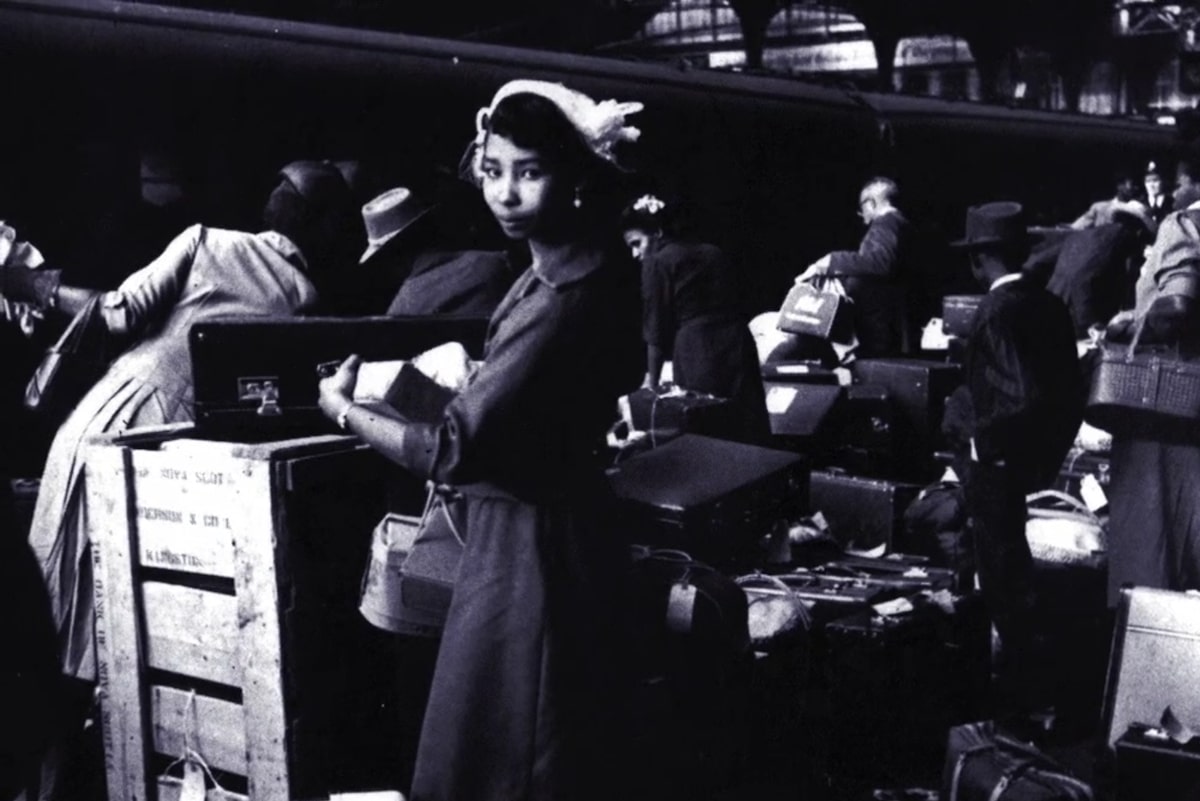
Walking in the Wake
Walking in the Wake was produced for the Estuary Festival (2021) in collaboration with Elsa James, Dubmorphology and Michael McMillan who meditates on the River Thames as we follow black pilgrims traversing sites of Empire.

Illuminating, in-depth conversations between writers.
SpotifyApple Podcasts
Amazon Music
YouTube
Other apps

The series that tells the true-life stories of migration to the UK.
SpotifyApple Podcasts
Amazon Music
YouTube
Other apps



